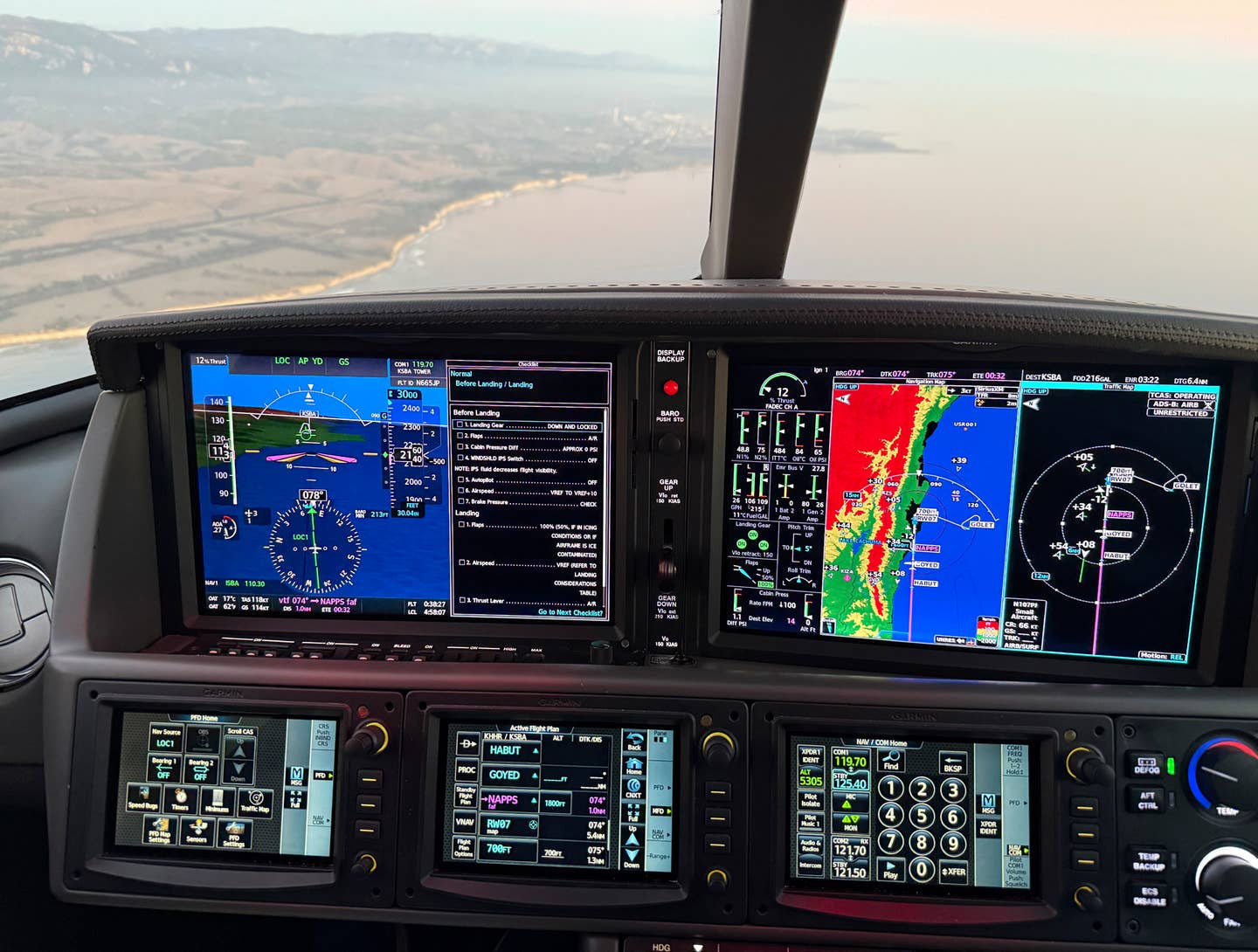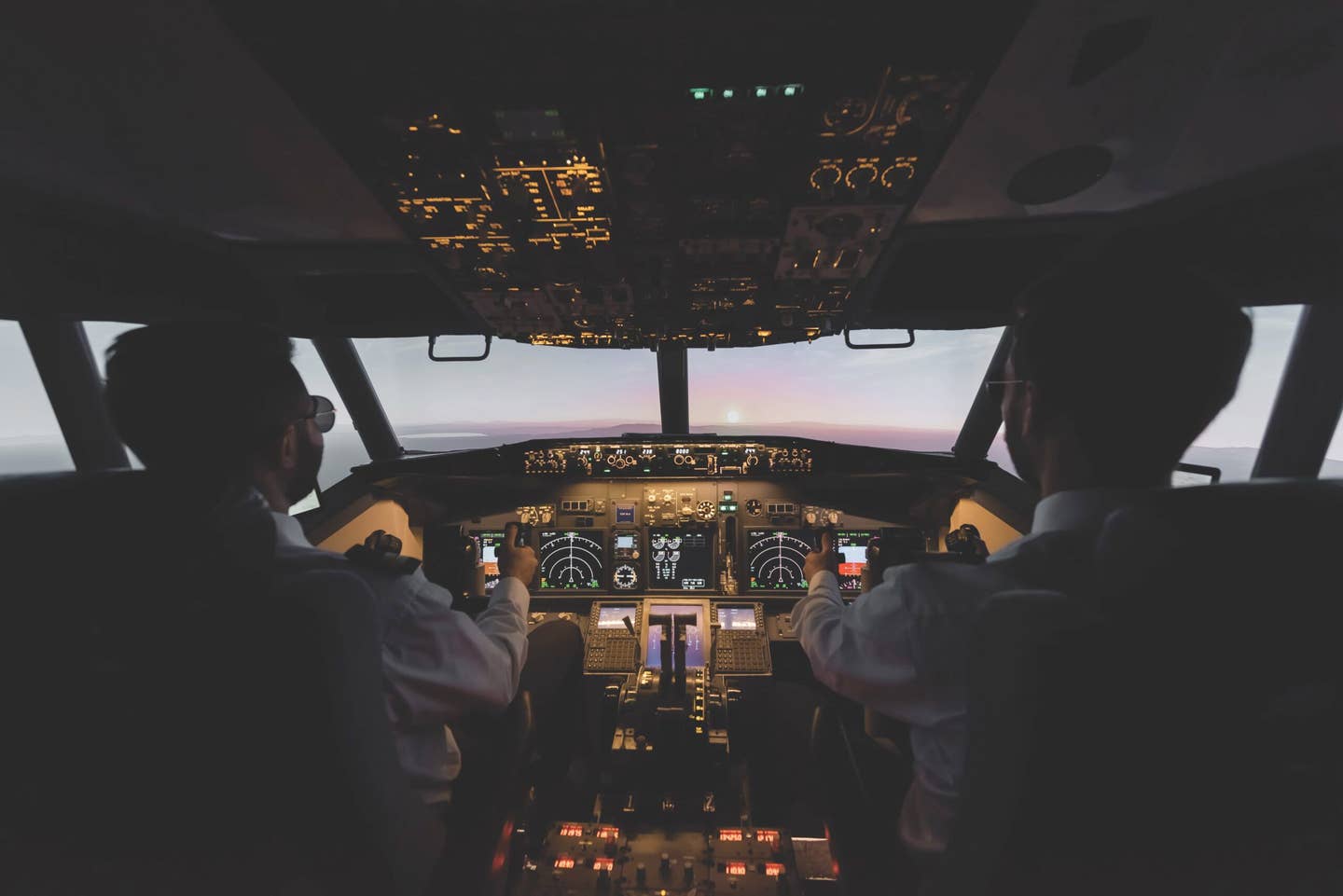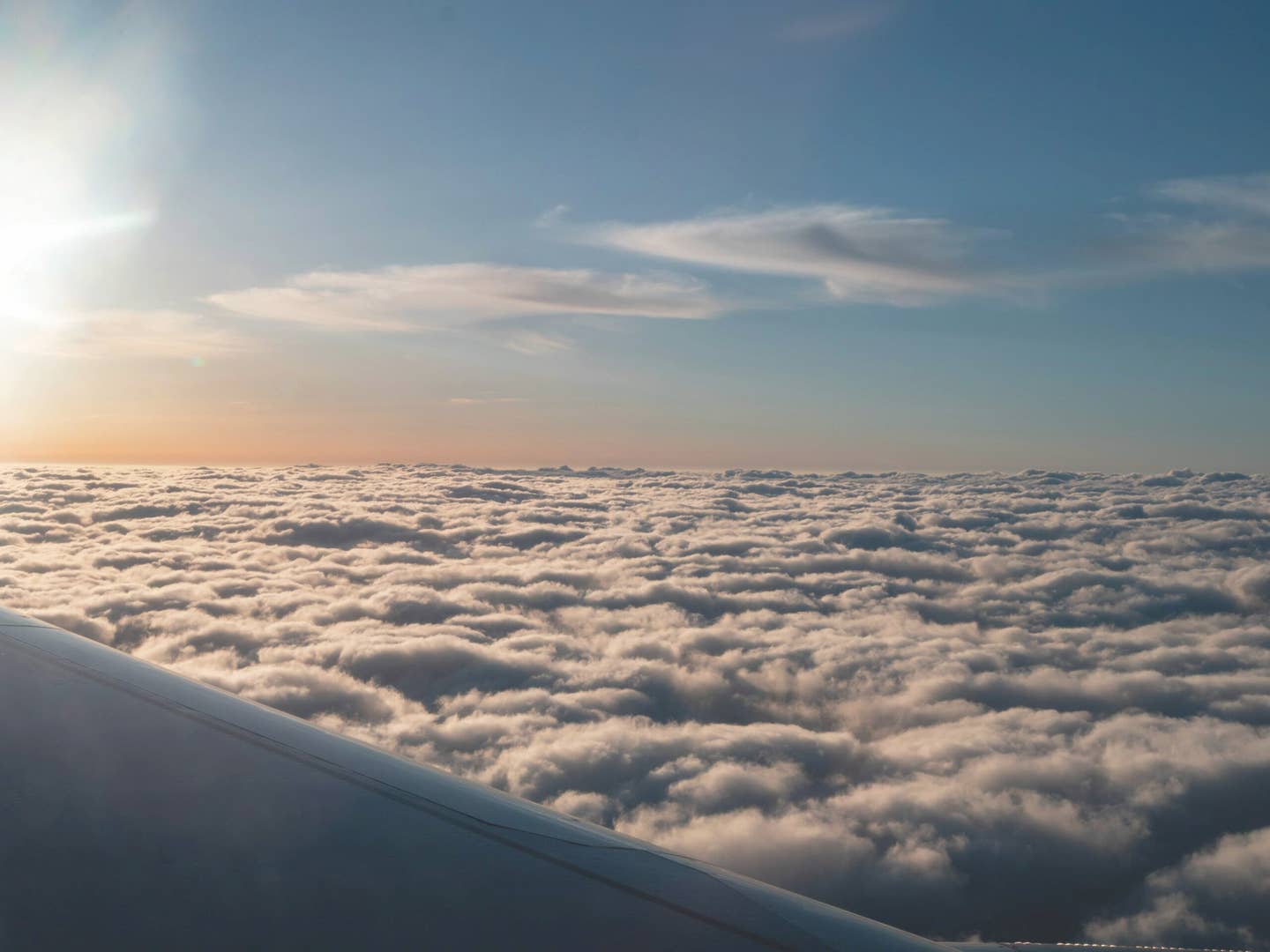
Illustrated by Barry Ross
As I think back over my life, I can come up with only one day I remember. Really remember. Oh, I remember graduating from high school, but I don't remember anything else about the day. I remember watching the birth of my daughter, but I have no idea what I had for breakfast on that day. My wedding was at noon, but all I can conjure up for that day is the ceremony itself. (Why do women cry at weddings?)
I remember the "Day of the Daffodils" clearly, from start to finish, even though I lived it more than 30 years ago.
It was an Easter Sunday. I lived in northwest Florida at the time but was visiting my family in Louisville, Kentucky, having flown up in a rented Grumman Cheetah with my fiancée. The purpose of the trip was to introduce fiancée to family and vice versa. (Actually, no one but she and I knew that she was my fiancée, and I introduced her as a friend. I wanted them to meet her before we sprang the news on them. The meeting had gone well.)
We started the day with Mass at Holy Spirit, a Catholic church in a tree-lined neighborhood in the suburbs of the city. Coming out of church, into a cold and overcast day, we came across a street vendor selling bunches of daffodils, one of which I presented to my fiancée.
Breakfast followed at Mom's house. (I hate when she makes us go to church before we can eat, but Mom makes the rules in her house.) Breakfast was her sausage casserole, which has always been her specialty and one of my favorites.
Soon, I was standing at the counter at the Flight Service Station on Louisville's Bowman Field, receiving my briefing. As I was planning to file IFR, the low overcast wasn't expected to be a problem. We discussed the ceiling and visibility along my route, the winds aloft and a couple of tower lights that were out near my destination. The briefer let me know that the expected freezing level would be around 8,000 feet, and the cloud tops were reported to be at 7,000 between Louisville and my intermediate stop in Chattanooga, Tennessee. I filed for an altitude of 7,000 feet for the first segment of the trip on V51.
An hour later, with my terrier mix, Bo Jangles, sleeping in the back seat and my fiancée in the passenger seat (holding her daffodils), we climbed into the overcast and continued on to 6,000 feet. We turned left direct to mixko intersection, where we intercepted V51 southbound. We were solid on the gauges, but the air was calm and the trip was pleasant for the first 30 minutes. Eventually, I noticed a light layer of ice on the windshield, and my eyes shot to the outside air temperature gauge. It was showing 31 degrees. Wow, how had I missed that?
To answer my own question, while I had read about the possibility of encountering in-flight icing while taking my instrument training in Florida, I had never really thought it would happen to me, a Florida boy, and filed it far back in my brain. Panama City is a great place to learn to fly, a little too good in some ways. The runway elevation is 16 feet above sea level (call it zero); the magnetic variation is one degree (I forget which way because we ignore it); and ice is something that only occurs bathed in Scotch.
I asked for lower altitude and was cleared to descend to 5,000. By rights, with an adiabatic lapse rate of 3 degrees per thousand feet, the temperature should have been 37 degrees at 5,000, warm enough to send my shiny coat of ice plummeting to one of those famous Kentucky horse farms in the form of chilly raindrops.
Don't I wish!
As we descended, the temperature descended with us. At 5,000 feet the thermometer showed 29 degrees and, still in the clouds, our ice overcoat was continuing to accumulate. We were as low as we could descend over the mountains of Kentucky, and I made the (wrong) decision to climb out of the clouds. Back up through the overcast we climbed, with ice continuing to accumulate. Sure that we would soon break out of the clouds and the accumulation would stop, I held the controls as steady as I could, and we maintained a climb rate of close to 200 fpm through 7,000 feet. We were cleared to 11,000 feet. Steady on the stick. I eased the airplane through 8,000 and then 9,000, clawing my way upward at 100 feet per minute, and broke out of the overcast at 9,400 feet.
I pushed the stick forward. It didn't move. Not an inch. Not a millimeter. Realizing that the horizontal stabilizer had frozen in place, I had a moment of panic. I held the stick in my left hand and pulled my right hand up past my shoulder with my palm pointing forward.
Holding my breath, I hit the stick with as much force as my arm could develop, and it lurched forward. (Now, this was probably the wrong thing to do, but for the life of me, I couldn't think of anything else I could have done at the time, and I still can't think of anything now.)
The ice had released its grip on my tail feathers. I was able to breathe again.
"Memphis Center, Cheetah 67 Delta, we're on top at 9,400 and need to level off here. We have an ice situation."
"67 Delta, do you want to declare an emergency?"
"Negative, Memphis. We just need to hold our altitude, 67 Delta."
"Roger, maintain 9.4. Let us know if you need any help."
"Thanks."
My fiancée asked if I had expected to have to hit the stick that way, and I explained that I certainly had.
"We have to do that all the time, honey; it's no big deal." (Liar, liar, pants on fire.)
My then fiancée and now wife of 30-plus years has always had the gift of trust. She has the ability to trust people she believes in. While a lot of people would have doubted my assertion that the "Ice Breaking Thrust" is a normal part of "Basic Flight Training101," she was content with my explanation.
We held our ground (well, altitude) at 9,400 feet for the last 30 minutes to the edge of the Chattanooga approach airspace. Above the clouds, ice had stopped accumulating, but as the outside air temperature was well below freezing, the ice we carried held tight to the airplane. Looking out, I could see what looked like an inch of milky, bubbly looking ice extending forward from the wings and the outside temperature probe. Little white rocks in a surrealistic sculpture. The airplane was mushing along above the overcast, and I did my best to avoid disturbing anything. Straight and level never took so much concentration.
Twenty miles out, Chattanooga approach cleared us down to 3,000 and I passed.
"Approach, 67 Delta, unable to descend at this time. We're carrying a little ice up here and need to stay above the clouds as long as possible."
(If you have read Ernest Gann's Fate Is the Hunter, you might remember that this is in the same area where Gann and Capt. Hughen had their ice encounter. If you have not read it, you should read it before you crank an aircraft engine again.)
I tuned in the Runway 20 localizer, followed the controller's vectors to the final approach course and held my altitude steady at 9,400 feet. I've been told that you can't receive a localizer from that high, but I did. The localizer centered at 9,400 feet, close to 10 miles outside the final approach fix, and I started a descent with the glide slope indicator pegged at the bottom of the display. We descended into the glide slope somewhere near 6,000 feet. The Cheetah was like a rock, giving up altitude we would never be able to get back if we missed the approach, while flying the approach in a decidedly unorthodox way.
As we slid down the glide slope, the racket started. Bang, Whop, Bang, Bang … we had passed the freezing level and the ice had started to fly off the aircraft in every direction. Ice was flying off the propeller and hitting the wings. Ice was flying off the wings and hitting the tail. Ice was hitting the canopy. It sounded like a scene from a war movie. Bang. Crash. Bang.
We broke out of the clouds at 1,000 agl with ice flying in all directions.
We landed. Cheetah, dog, fiancée, daffodils — all were intact. The pilot was a little weak in the knees.
I taxied to the FBO and shut down the engine.
After a quick inspection of the ice still attached to the airplane, we made our way into the FBO.
Dinner was snacks from the vending machine. I was in no hurry to get back into those cold, hard clouds.
When I walked back out to the Cheetah to get my flight-planning paperwork, I heard a Clomp, Clomp, Clomp and found an ice outline around it. The remaining ice, falling off the airplane, had formed something that looked like the chalk outline you see around a murder victim on CSI: Crime Scene Investigation. Ice was still falling, filling out the outline of the scene of the crime.
On my briefing call to Flight Service, I found that the temperature was expected to be below freezing to 10,000 feet from Chattanooga southbound, and the tops were reported at 7,000 feet. I filed for 9,000 feet for the last segment of our trip to Panama City.
We bored a hole through the overcast as quickly as the Cheetah could climb, one eye scanning the panel and one fixed on the outside air-temperature gauge.
At 9,000 feet we were above a solid overcast that looked like a snow-covered Alaskan tundra. The stars were out at their brightest, with no ground lights breaking through the thick overcast. We flew serenely above the overcast for an hour until the clouds beneath us became broken, then scattered and then evaporated completely away. The lights of northwest Florida were a pretty sight.
Afterword
I assume the reason I remember that day so well is that it was the first, and only, time in my life when I have felt true, deep, all-consuming fear. I suppose that when one feels fear for the first time, the event and everything on each side of it becomes trapped in one's mind forever. I've been careful not to put myself in the position of having that feeling again.
Decisions are made in the heat of the action that might not be made in the cold light of day. PPPPP — Proper Planning Prevents Poor Performance. You can believe that any flight plan I've made since the Day of the Daffodils has included some pointed questions about the freezing level.

Sign-up for newsletters & special offers!
Get the latest FLYING stories & special offers delivered directly to your inbox






